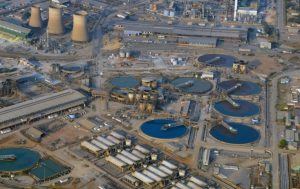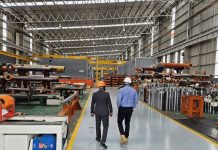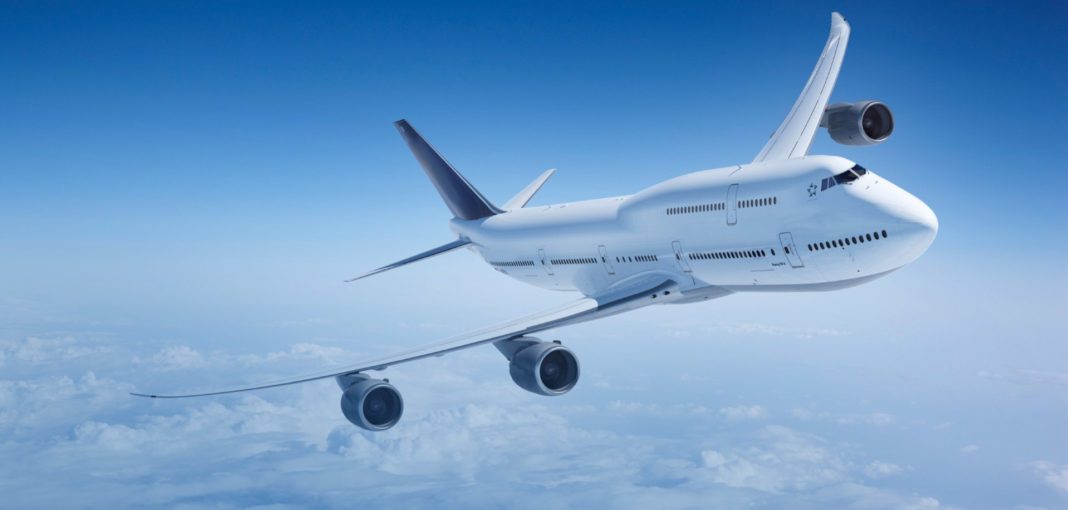Outside of the aerospace and defense industries, mining is arguably the most capital-intensive business in the world.
You have to move a lot of earth to get at the mineral-bearing ore, and this requires complex structures, equipment, vehicles and heavy machinery – much of it extremely sophisticated and often made to order. It’s also not uncommon to have to build railways and power stations. Their respective price-tags come with a lot of zeroes attached.
In North-West province, the open-pit operations at FQM Kansanshi and Barrick Lumwana operate fleets of massive haul trucks each capable of carrying up to 240 tonnes of rock. The trucks cost more than $4 million apiece. The tyres, which are twice the height of an average person, cost $50 000 each.
On the Copperbelt, Glencore’s Mopani mine is upgrading and modernizing its operations at a cost of $1.1 billion. This involves the sinking of three new shafts – the big-ticket items of the mining industry, mobilizing manpower, machinery and high-tech systems on a scale unmatched in more traditional industries. Shafts allow mines to access new and higher-grade ore bodies deeper underground, as older reserves are mined out.

One of the shafts, the Synclinorium, in Kitwe, has cost around $320 million. (Synclinorium comes from the geological term syncline, which describes a rock layer which has folds in it). The shaft is 1.2 km deep. On the surface, the superstructure is nearly the height of a 20-storey building, and resembles the launch-pad of a space rocket. The mind-bogglingly huge winder assembly took more than three years to make, and its highly specialized components were sourced from China, Britain and Germany. A dedicated generator building houses a bank of six gigantic diesel back-up generators, each bigger than a jet engine, which kick in automatically should the power fail. A $4 million mega-crane stands alongside – it was cheaper for Mopani to buy it than pay the $12 million hire fee. On any given day during the three years that the Synclinorium was taking shape, there were a couple of hundred workers or contractors on site, involved in some aspect or other of the construction.
And the Synclinorium is just the start: Mopani’s other two shafts, at Mindola and Mufulira, will cost $560 million, and will be sunk to a depth of 2 km – making them the deepest copper mines on the African continent.























